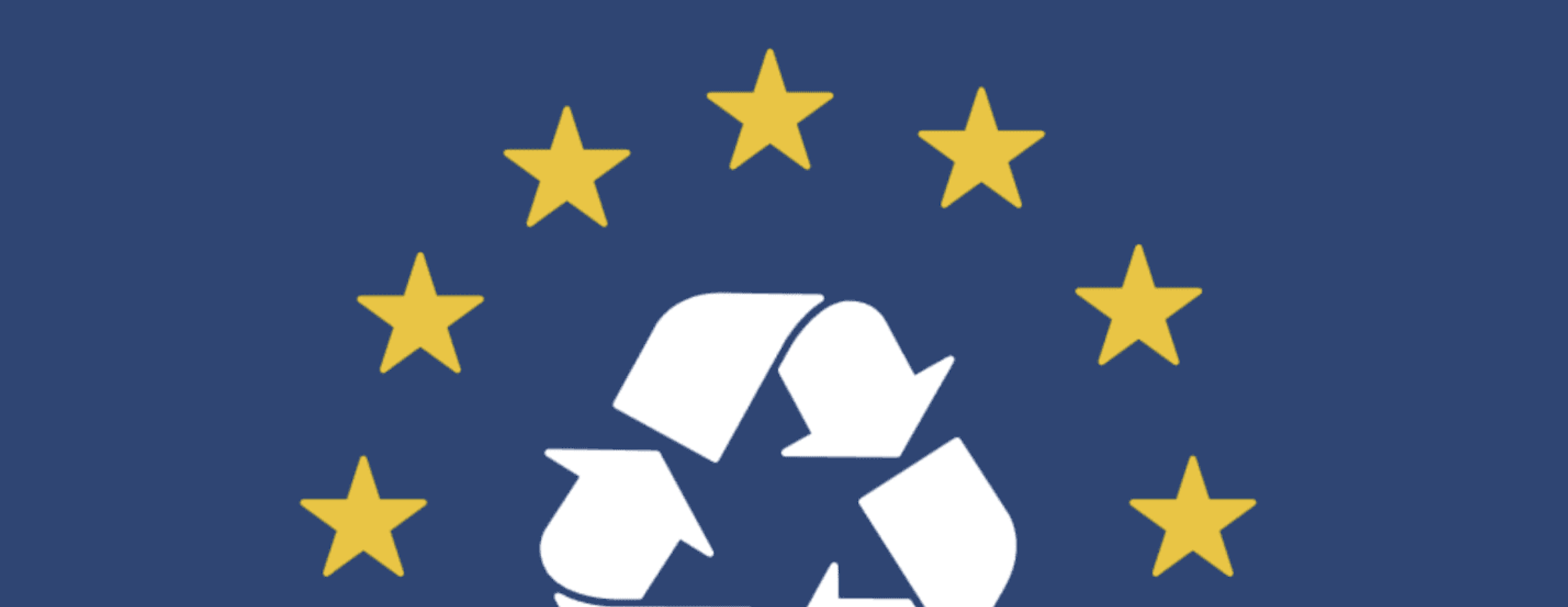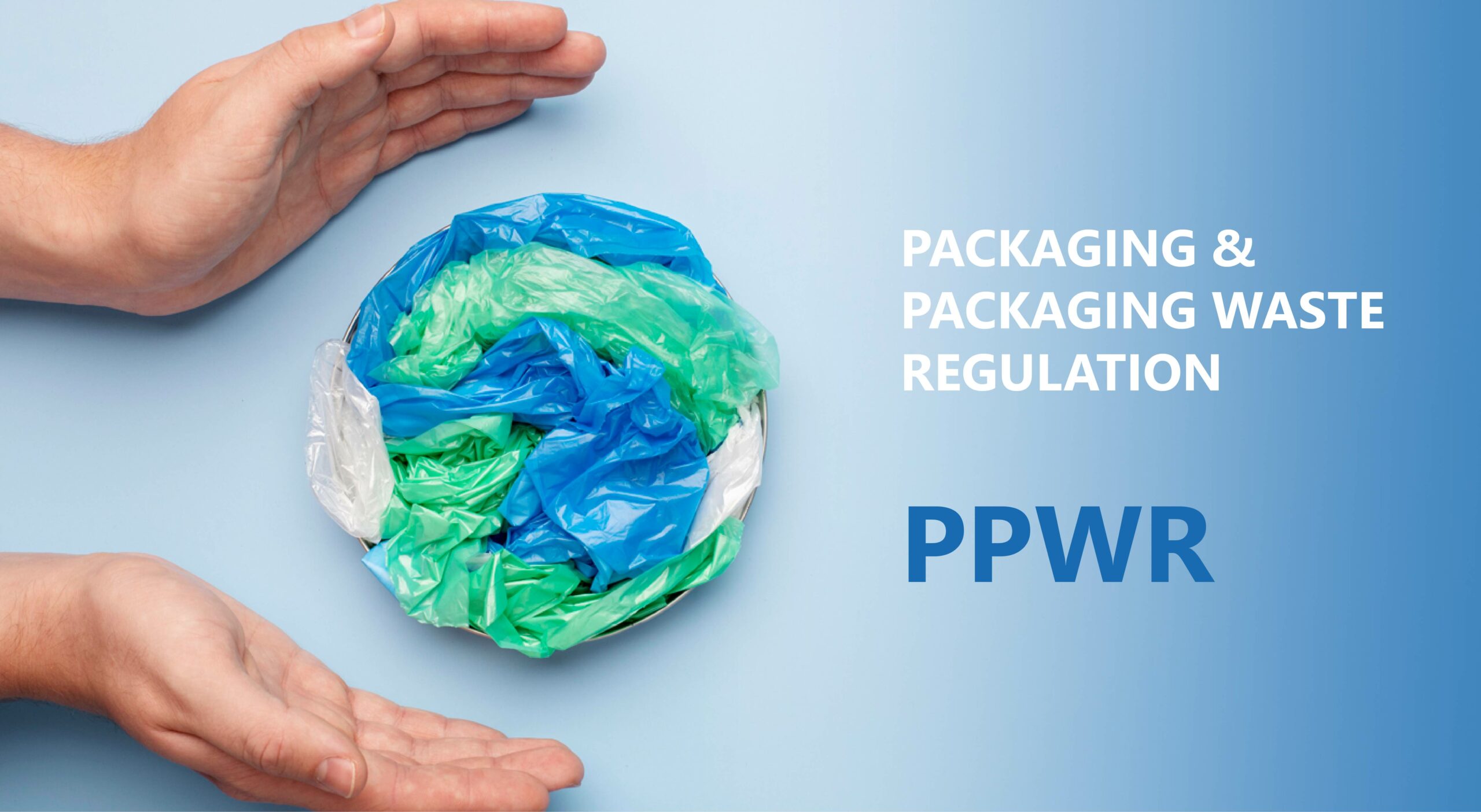
PPWR 2026: Essential Guide to the New European Packaging and Waste Regulation
In this article, we will do a deep dive into the proposed European packaging and packaging waste regulation and its implications. We will explore the specific design requirements, minimum recycled content percentages, and key deadlines we need to know, considering that most provisions will become mandatory as of August 12, 2026. We will also see how this regulation seeks to ensure that all packaging placed on the market is reusable or recyclable by 2030, with even stricter targets coming in 2035 and 2040.
Did you know that the European packaging and packaging waste regulation will completely transform the way we design, use, and recycle packaging starting in 2026? This new regulation, known as the PPWR, primarily aims to reduce the growing amounts of waste in the European Union and stop its increase by 2030 by implementing a functional circular economy.
As of February 11, 2025, this regulation replaced the current packaging directive, establishing a more binding set of rules and guaranteeing uniform implementation across all Member States. The new packaging and packaging waste law represents a profound shift that will affect not only Europe, but also the U.S. and Asia. Furthermore, the new European packaging regulation adopts a full life-cycle approach, regulating everything from the initial design of the packaging to its recycling at the end of its life.
Legal Framework and Objectives of the New European Packaging Regulation
The Packaging and Packaging Waste Regulation (PPWR) represents a fundamental shift in European packaging legislation. This regulatory framework, officially published on January 22, 2025, sets new standards for all packaging marketed in the European single market.
.jpeg)
Definition of the PPWR and How It Differs from Directive 94/62/EC
The PPWR (Packaging and Packaging Waste Regulation), or Regulation (EU) 2025/40, is a legal instrument that, unlike its predecessor, Directive 94/62/EC, has the legal force of a regulation. This marks a crucial difference: while the directive allowed for individual interpretations and implementation into national laws by Member States, the PPWR applies uniformly and directly in all 27 EU countries. This characteristic eliminates the possibility of national adjustments, creating a stronger harmonization of rules within the Union.
Key Objectives: Recyclability, Reuse, and Waste Reduction
The packaging and packaging waste regulation pursues four main objectives:
- Reduction of packaging waste: It sets progressive reduction targets of 5% by 2030, 10% by 2035, and 15% by 2040 compared to 2018 levels.
- Promotion of recycling: It imposes requirements for recyclability, minimum recycled content, and design-for-recycling criteria (Design4Recycling).
- Improvement of environmental compatibility: Through reuse obligations and specific regulations for reuse systems.
- Increase in transparency: Via uniform labeling requirements and specific bans.
By 2030, all packaging must be recyclable according to precise technical criteria, with a classification system (from A to E) where only packaging rated at least a "C" will be permitted.
Relationship with the European Green Deal and the Circular Economy
The PPWR is a fundamental element of the EU's environmental policy agenda. It is integrated within the European Green Deal, aligning with efforts to promote the circular economy, use resources efficiently, and reduce overall waste production. Furthermore, it is part of the Circular Economy Action Plan, which is committed to making all packaging reusable or recyclable by 2030. The regulation directly contributes to the EU's climate goals by reducing greenhouse gas emissions related to the production, transport, and waste management of packaging.
Key Dates and Implementation Phases of the PPWR 2026
The implementation schedule for the packaging and packaging waste regulation sets out a timeline with multiple stages that companies must know to adapt their processes. The transition to this new regulatory framework follows a progressive sequence with specific dates determining when each requirement takes effect.
Entry into Force: February 12, 2025
Regulation (EU) 2025/40, known as the PPWR, was officially published in the Official Journal of the European Union on January 22, 2025. It subsequently formally entered into force on February 12, 2025, twenty days after its publication. This date marks the official start of this new regulatory framework, although most of its provisions are not immediately applicable. During this initial period, companies must begin to familiarize themselves with the new requirements and plan their adaptation strategies.
Mandatory Application: August 12, 2026
After an 18-month transition period from its entry into force, the PPWR will become mandatory as of August 12, 2026. On this date, the previous Directive 94/62/EC will be largely repealed. From this point on, most of the regulation's provisions will be legally binding, including the essential requirements for the design and composition of packaging. Furthermore, the ban on packaging exceeding a certain threshold for per- and polyfluoroalkyl substances (PFAS) will also take effect.
Progressive Phases Until 2040
The full implementation of the regulation will follow a staggered schedule with specific targets:
- January 1, 2030: All packaging must be designed for recycling. Likewise, limits for empty space in shipping packaging will be set (maximum 50%) and certain single-use packaging listed in Annex V will be prohibited.
- January 1, 2035: Packaging must be recyclable at scale, meaning it can be collected, sorted, and recycled using state-of-the-art infrastructure covering at least 75% of the EU population.
- January 1, 2040: Minimum recycled content will become mandatory: 50% for plastic packaging sensitive to contact (non-bottles) and 65% for plastic bottles and all other packaging.
During this period, various harmonized standards and implementing acts specifying the regulation's technical requirements will be published.
Technical Requirements of the Packaging and Packaging Waste Regulation
The new European packaging and packaging waste regulation establishes strict technical specifications that will fundamentally transform the packaging sector.
Design for Recycling (Design4Recycling)
The "Design4Recycling" approach requires that all packaging be designed prioritizing its reuse and material recycling. The European Commission will publish specific guidelines before January 1, 2028. These standards will become mandatory 1.5 years after their publication, creating a clear incentive to develop environmentally sustainable packaging solutions.
Minimum Recycled Content Percentages by Material Type
Starting in 2030, plastic packaging must incorporate recycled material in the following proportions:
- PET packaging in contact with food: 30% (50% by 2040)
- Other plastics in contact with food: 10% (25% by 2040)
- Single-use plastic beverage bottles: 30% (65% by 2040)
- Other plastic packaging: 35% (65% by 2040)
By 2030, other materials will also have minimum requirements: glass (50%), paper/cardboard (70%), and metal (25%).
Bans on Substances like PFAS and Heavy Metals
As of August 2026, food contact packaging cannot contain PFAS in concentrations above:
- 25 parts per billion (ppb) for any individual PFAS
- 250 ppb for the sum of all PFAS
- 50 parts per million (ppm) for total PFAS
Furthermore, the restriction on heavy metals (lead, cadmium, mercury, and hexavalent chromium) continues with a combined limit of 100 mg/kg.
Recyclability Classification: Levels A, B, and C
The regulation establishes a recyclability classification system:
- Grade A: ≥95% recyclable
- Grade B: ≥80% recyclable
- Grade C: ≥70% recyclable
Starting in 2030, only packaging with grades A, B, or C will be allowed on the market. From 2038, Grade C will be prohibited, allowing only packaging with recyclability above 80%.
Rules for Compostable and Reusable Packaging
As of February 12, 2028, certain products must be compulsorily compostable:
- Tea and coffee bags
- Adhesive labels for fruits and vegetables
- Ultra-lightweight plastic bags
Member States may require the compostability of other items such as coffee capsules or single-serve units for beverages.
Implications for Companies and Compliance Recommendations
The new European packaging and packaging waste regulation will require significant adjustments from companies in design, supply chain management, and material sourcing. Manufacturers will need to invest in sustainable materials and adopt circular business models.

Extended Producer Responsibility (EPR)
EPR extends the financial responsibility of producers to the entire life cycle of the packaging, including post-consumer management. Starting in August 2026, manufacturers must comply with national EPR systems, with fees modulated according to the recyclability classification.
Mandatory Labeling and Traceability with Pictograms and QR Codes
As of August 2028, all packaging must carry harmonized labels with pictograms identifying their material composition. Reusable packaging will require QR codes with information on return points. Misleading labeling will be explicitly prohibited.
Audits and Required Technical Documentation
Manufacturers and importers must perform conformity assessments and maintain technical documentation for 5-10 years. The Declaration of Conformity (DoC) must clearly identify each package and confirm compliance with all requirements.
Five Steps to Adapt Your Packaging to the PPWR
- Conduct a complete audit of your packaging portfolio.
- Redesign your products prioritizing recyclability and sustainable materials.
- Establish an internal governance system to coordinate operational changes.
- Invest in innovation by exploring alternative materials.
- Develop a specific strategy for circular packaging.
Conclusion
The European Packaging and Packaging Waste Regulation undoubtedly represents one of the most significant regulatory changes for the packaging industry in decades. The transition from the previous Directive 94/62/EC to this binding regulation marks a turning point for all players in the value chain. Certainly, the PPWR establishes an ambitious framework that will radically transform our way of designing, producing, and managing packaging.
Companies now face the challenge of adapting their products to the recyclability criteria before 2030, when only packaging with an A, B, or C classification can be marketed in the European market. After that, the demands will gradually increase until 2040, by which time recycled content percentages will reach considerably higher levels.
The ban on substances like PFAS and the specific requirements for compostable materials demonstrate the comprehensive nature of the regulation. Although these changes pose significant challenges, they also create opportunities for innovation and market differentiation.
The staggered implementation dates give companies time to adapt, but the complexity of the regulation demands immediate action. Therefore, it is crucial to start as soon as possible with packaging audits and redesign plans.
The circular economy is no longer an option but a legal obligation. Extended Producer Responsibility systems, together with the new labeling and traceability requirements, will guarantee greater transparency for consumers and better material recovery rates.
This regulation will not only affect Europe but will set global standards that are likely to influence markets in America and Asia. Companies that anticipate these regulatory changes will be better positioned to thrive in the new paradigm of sustainable packaging.
The PPWR 2026 signals the future of the industry: packaging designed to be reused or recycled, with verifiable recycled content and transparent waste management systems. Early adaptation to this regulation will not only ensure legal compliance but will also respond to the growing consumer demands for sustainability.



.jpg)





